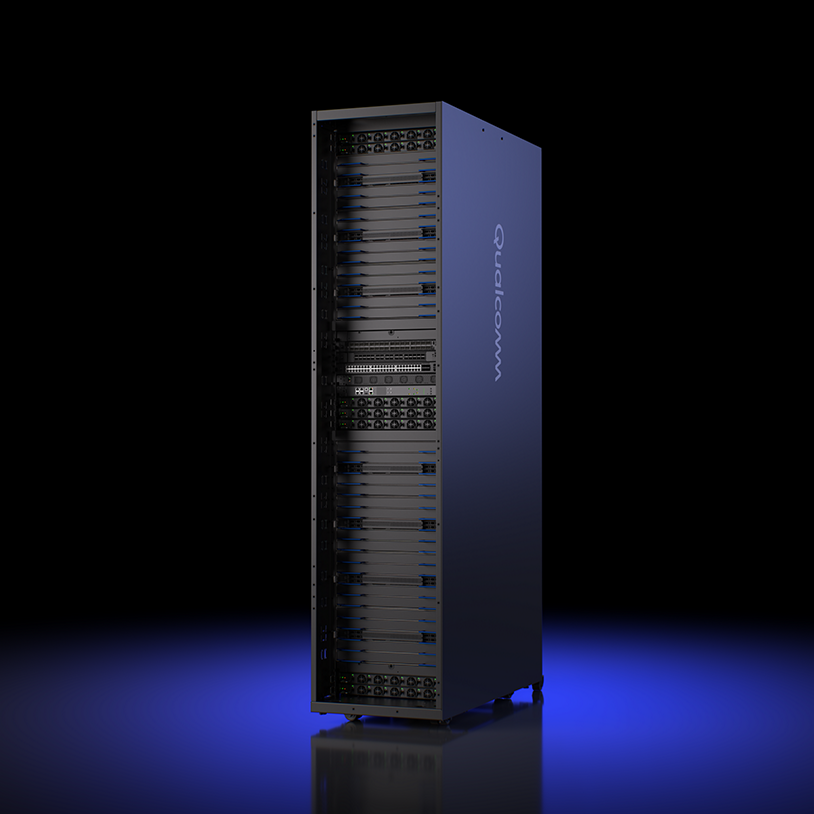Huawei Aims to Double GPU Efficiency with New AI Infrastructure Push
The technology, expected to be unveiled at a forthcoming AI industry conference, could raise chip utilisation rates to around 70 percent, up from the current 30–40 percent.

Chinese tech giant Huawei is poised to roll out a new AI-infrastructure software solution designed to dramatically increase the utilisation of Graphics Processing Units (GPUs) and Neural Processing Units (NPUs), according to Chinese media.
The technology, expected to be unveiled at a forthcoming AI industry conference, could raise chip utilisation rates to around 70 percent, up from the current 30–40 percent.
The software will offer unified resource management across computing components from Huawei, Nvidia, and other third-party GPU providers.
By orchestrating workloads more intelligently, Huawei bets it can make up for hardware disadvantages and reduce dependence on foreign AI chips.
If successful, the innovation could be a big boost for Huawei’s Ascend AI chips, widening their adoption and helping China lessen its reliance on Nvidia.
Analysts say the move aligns with Huawei founder Ren Zhengfei’s strategy of using software and cluster orchestration to offset hardware gaps.
The new system is reportedly similar to Run:ai, a Tel Aviv–based startup acquired by Nvidia in 2024 for US$700 million, which also specialises in optimising GPU workloads across large clusters

![[Exclusive] Meta in Discussions to Tap Google Cloud’s TPUs Amid Billion-Dollar AI Push](/content/images/size/w720/2025/10/-Exclusive--Meta-in-Discussions-to-Tap-Google-Cloud---s-TPU-Chips-Amid-Billion-Dollar-AI-Push.jpg)

Comments ()